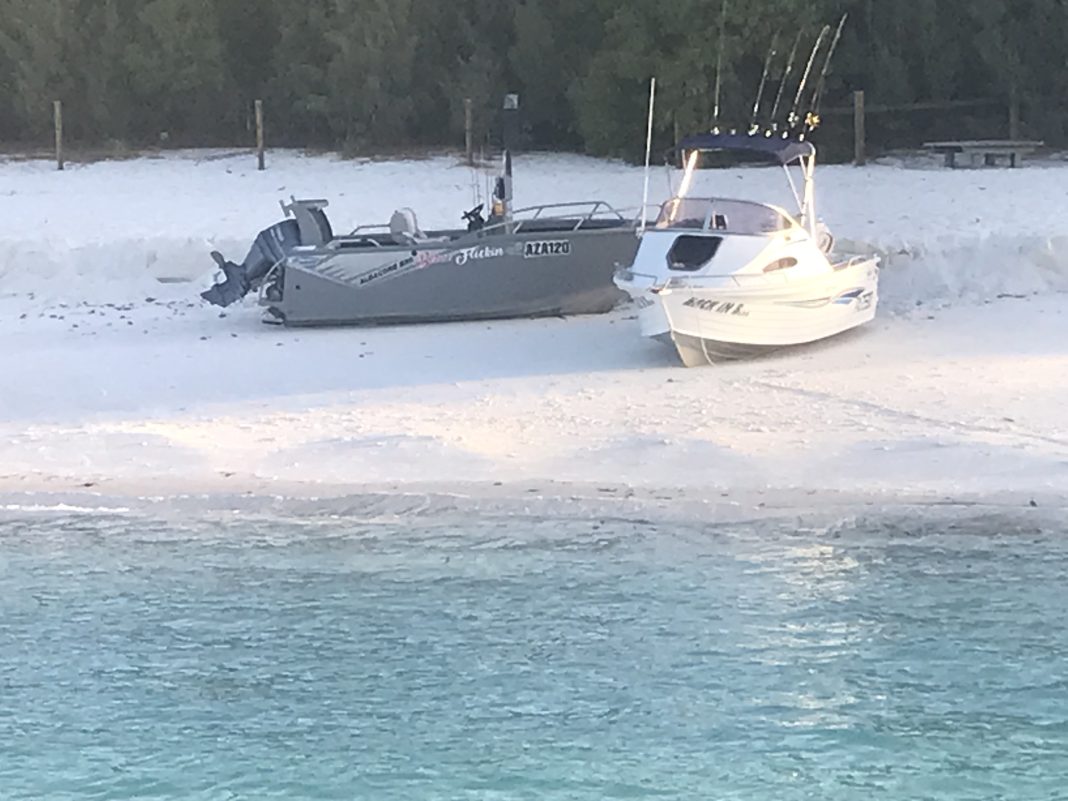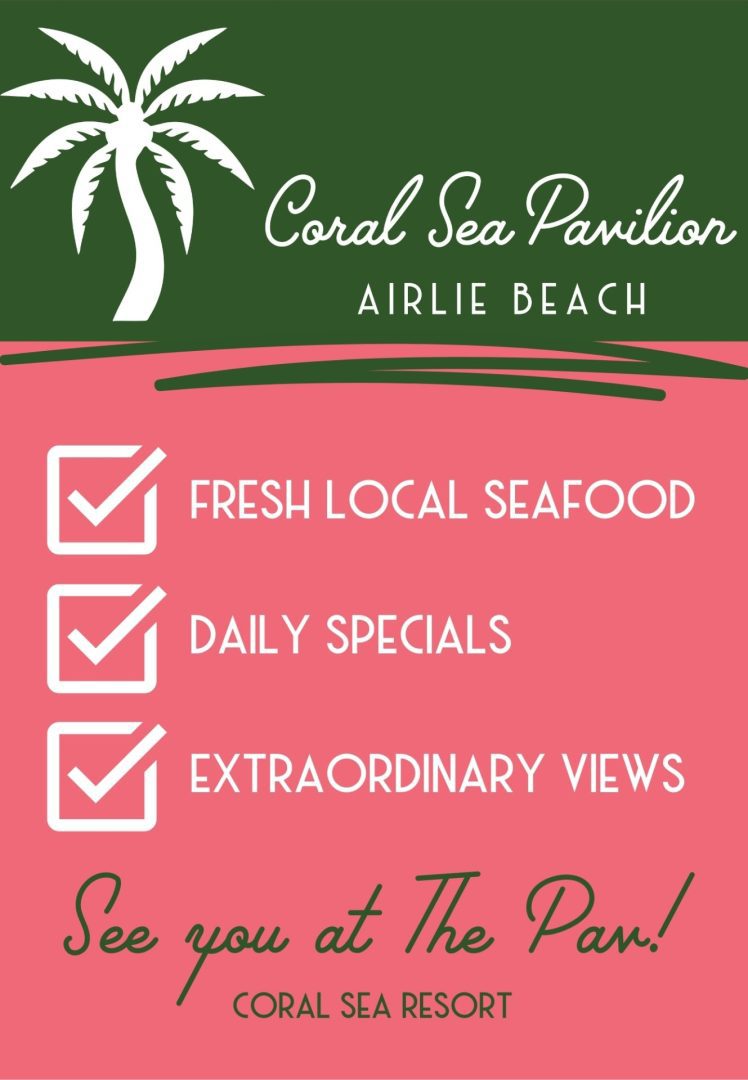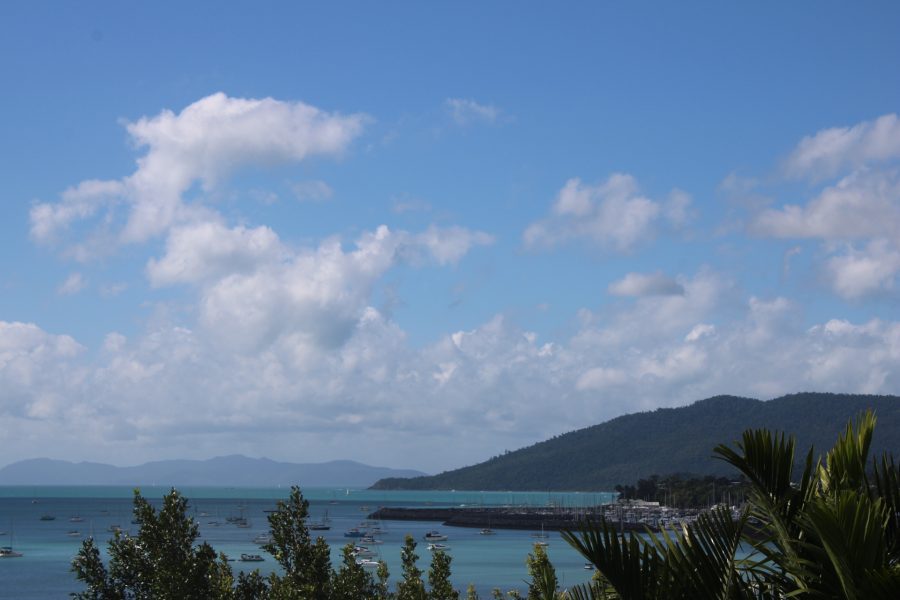WHAT DO YOU KNOW ABOUT TIDES?
Tide Tables are essential for your passage planning, every time you go out.
In the Whitsundays the tide range can be significant and the Tide Floods South and Ebbs North.
The tide range can be as much as 4.2 metres during king tides.
When there is a large tide range the tide current can run at 3 knots in the main channels and double that in narrow sections and near some headlands.
Shute Harbour is the nearest tide reference point and you can find tide tables on-line on the BOM web site.
Chandleries often have them available as giveaways.
If you have a wind against tide situation e.g. a big flooding tide against a solid Southeast wind, the seas can build rapidly in the channels and be potentially dangerous to a small, open boat.
Read up on how to handle choppy seas in a small boat so you don’t get swamped.
Always check the tides and never guess or assume, and always check the weather before you go out for the period you plan on being at sea. If in doubt, don’t go out!
Many of our beaches have fringing reef off them.
If you plan to beach your boat it is essential to ensure there is enough water depth to cross the coral safely in and out, as there is a substantial fine for damaging coral.
Most smallish tinnies need at least 1.5m above a zero tide (LAT) to clear the coral safely.
The Rule of Twelfths can help you to estimate tide heights and times during a tide.
Firstly, work out the difference between the next two tides, and divide that figure by twelve.
Say the next tide is a low of 0.8m, and the following tide is a high of 3.2m, making the difference 2.4 m.
The Rule of Twelfths states that over the first period the level changes by 1/12 of the difference – in this case, 0.2m.
Then in the second period it changes by 2/12 (0.4m), in the third by 3/12 (0.6m), in the fourth by 3/12, fifth by 2/12 and at the end of the sixth period reaches its maximum with a change of 1/12.
The hourly steps are 1:2:3:3:2:1 giving a total change of 12/12. Over the next six intervals the quantity changes in a similar manner by 1:2:3:3:2:1.
It is a pretty easy way of having a good idea of how much water you will (or won’t!) have and allows you to plan accordingly.
We don’t want to have to come out and find you if you are reported overdue because you have gone aground!
Groundings are easily avoided, just check the tides and don’t leave your boat unattended on the beach on a falling tide – you might have a long wait to get afloat again.
VMRW membership is cheap insurance at just $90.
You can join online at https://vmrwhitsundays.com.au/join/ and your membership helps to keep us going in case you need us.
We hope you don’t, but our volunteers are here 24/7, 365 days a year, if you do.






